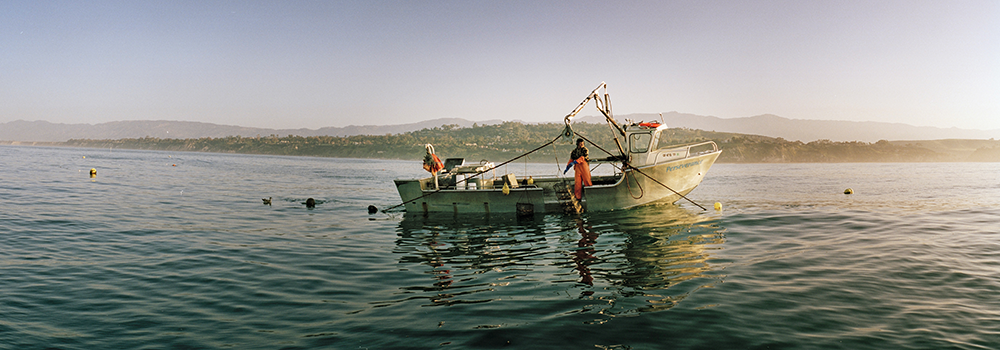Applications
PACE will benefit society by delivering high-quality observations of our ocean and atmosphere. Its innovative design and cutting-edge technology are designed to study the earth in new ways and deliver a variety of science data products.
A key activity is the PACE Applications Program, which engages individuals and groups to use PACE data for their projects. We work with you — scientists, policy makers, public health practitioners, and industry professionals — to apply PACE data to practical societal needs. The goal of the PACE Applications Program is to foster new partnerships and out-of-the-box thinking that will generate inventive solutions that aid society. These efforts support the NASA Applied Sciences Program.
We will strive to effectively transition individuals and groups from being potential users to those who actively employ PACE observations to address environmental issues. Individuals or organizations in both communities can be public or private, federal or regional entities, with local, national, or international scopes for their applications. PACE Applications promotes justice, equity, diversity and inclusion, routine outreach and communication, capacity building, implementing and iterating on feedback, as well as the coordination of diverse partners and user communities.
How Does it Work?
The PACE Applications Program will engage two groups:
- Community of Practice – People who are familiar with NASA products and routinely use satellite remote sensing data in processes or decision support. Early Adopters are part of this community. PACE Community of Practice »
- Community of Potential – People who are unfamiliar with satellite data products and PACE capabilities, but might be able to leverage and benefit from PACE data products.
Satellite Data Applications
Air (E)quality

Read the interactive story of PACE Early Adopter Marcela Loría-Salazar (University of Oklahoma) who will use PACE data to investigate long-range transport of aerosols. Her work is motivated by satellite data’s potential to help meet the needs of underserved communities with less access to air quality information due to a lack of ground monitors. To meet this important goal, she will use data from PACE's polarimeters to improve smoke forecasts, understand effects of aerosols on regional weather, and inform health alert forecasts related to pollen, dust, and smoke.
Open "Air (E)quality" StoryMapGetting Wiser about Wildfires

PACE is set to help track and study the fine particulate matter that is emitted into the atmosphere as fires burn. PACE's atmospheric data will be used for a broad range of applications, including events such as wildfires. As wildfires burn through fuels, large amounts of fine particulate matter are emitted into the atmosphere and mix with gases to become aerosols. PACE's three science instruments – the Ocean Color Instrument (OCI) and two polarimeters – will provide information on the atmospheric concentration of wildfire-related aerosols. The multi-angle polarimeters, SPEXone and HARP2, will reduce the uncertainty of smoke plume injection height and aerosol height profiles.
Read "PACE's Applications for Wildfires" (NASA Applied Sciences)Using Scientific Muscle to Grow Safer Mussels

"Mussel Man" Bernard Friedman regularly tests the toxin levels of mussels. His data are combined with ocean color measurements from satellites and models of ocean circulation. The goal of this effort is to predict the presence of domoic acid, a toxin associated with specific types of phytoplankton (Pseudo-nitzschia). This toxin can be concentrated in shellfish, potentially harming the mammals – including humans – that consume them.
Read more about the "Mussel Man" (NASA Earth Observatory)Learn more about Pseudo-nitzschia (Phytopia)

